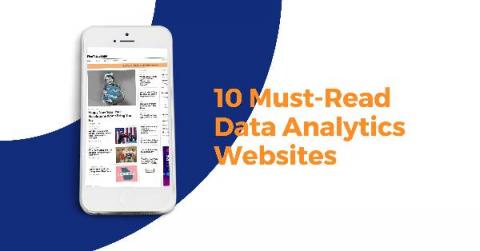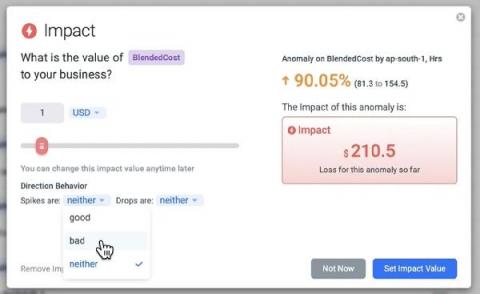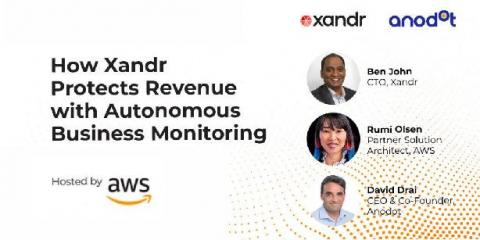Top 10 Thought Leaders in AI/ML We're Following
One of the best ways to stay current in the fast-evolving field of artificial intelligence and machine learning is by following thought leaders, evangelists, and influencers in the industry. In this article, we’ve selected 10 of the most influential thought leaders (listed alphabetically) that are helping drive the field forward.









